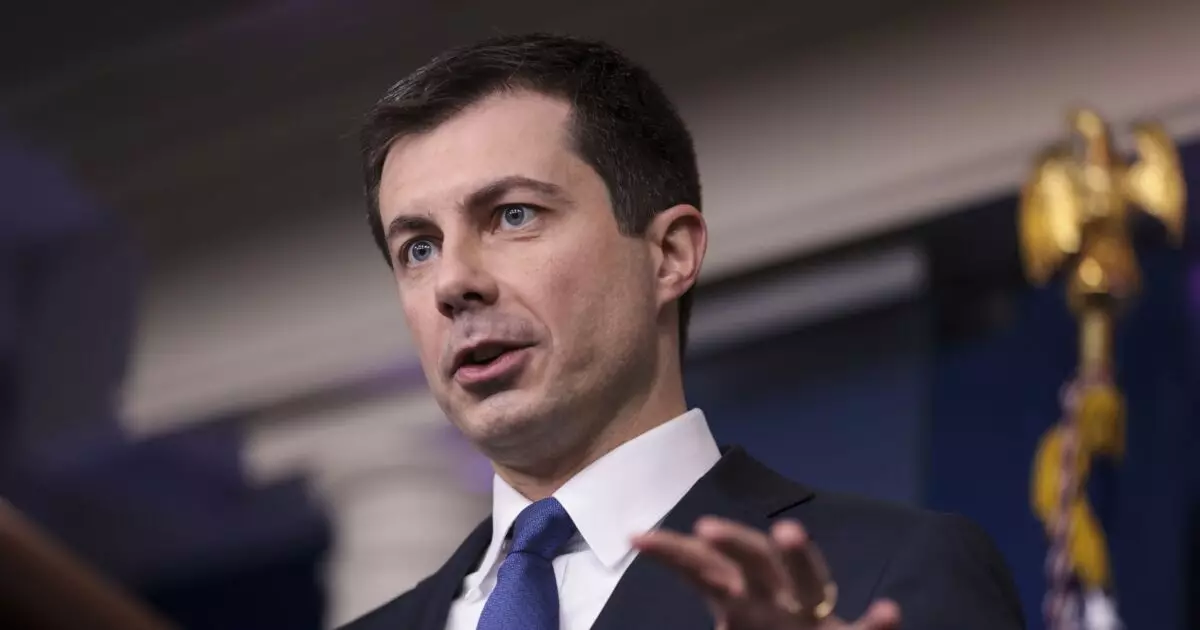The recent announcement by the Department of Transportation (DOT) regarding a staggering $2.4 billion investment allocated to 122 rail projects across 41 states and the District of Columbia marks a significant step forward for the nation’s infrastructure. This funding, made possible through the Bipartisan Infrastructure Law (BIL), aims to not only generate jobs but also enhance workforce development while directly benefiting numerous communities. However, the announcement is not devoid of complexities and concerns regarding the long-term sustainability and efficiency of rail funding amidst an evolving political landscape.
U.S. Transportation Secretary Pete Buttigieg emphasized the multifaceted benefits of this infrastructure investment, stating that the projects would bolster supply chains, improve passenger rail accessibility, and ensure safer freight movement. By focusing resources on pressing infrastructure needs such as upgrading tracks, rehabilitating aging bridges, and expanding rail connections, the initiative aims to foster a future where rail systems can efficiently meet the growing demands of both passengers and freight.
The financial allocations stem from the Consolidated Rail Infrastructure and Safety Improvements Program (CRISI), which specifically targets enhancements to smaller, short line railroads—a historically underfunded segment of the rail industry. This funding approach is a welcome change, signaling a renewed commitment to revitalizing America’s rail network after decades of neglect.
Among the notable projects receiving funding is the Springfield Rail Improvements Project (SRIP), which focuses on advancing high-speed rail connections between major urban centers like St. Louis and Chicago. With a substantial $157 million allocated for this initiative, SRIP exemplifies the ambitious nature of the current funding cycle. The project, which has been in progress since 2010, represents a shift in the rail landscape, including plans for new overpasses, underpasses, and an updated transit center.
However, it is crucial to recognize the challenges that accompany large-scale undertakings. The DOT previously withheld funding due to delays in completing the new transit center, illustrating the precarious balance between ambition and feasibility.
Despite the optimism surrounding this influx of funding, the BIL and its implementation have faced considerable scrutiny from Congress. As funding flows into these projects, questions persist regarding the speed of its obligation and the overall efficiency of the initiatives underway. During a recent Congressional inquiry, Secretary Buttigieg defended the current pace of funding commitments, asserting that the program remained on track.
Political opposition can pose significant hurdles for the future of rail funding. As the landscape shifts with impending elections, analysts warn that infrastructure investments may encounter political pitfalls regardless of the electoral outcome. A report from Hilltop Securities highlights the potential for political challenges that could jeopardize ongoing and future infrastructure projects, positioning them at the mercy of partisan divides.
While there is much to celebrate within the framework of the BIL and its ambitious goals, the discussion must extend beyond immediate funding to consider the broader implications for U.S. infrastructure. Concerns about a potential investment gap persist, suggesting that even well-structured projects could face obstacles in sustaining long-term viability.
As the Biden Administration champions trillions devoted to infrastructure spending, the ability to maintain momentum will depend heavily on political will and bipartisan cooperation moving forward. Without this crucial support, the fear remains that today’s promising investments could falter in the face of future political turbulence.
While the recent funding announcement heralds an era of renewed commitment to rail infrastructure, the success of these projects depends on navigating complex political dynamics, ensuring timely execution of initiatives, and addressing existing investment gaps. The rail network’s revival hinges not only on financial contributions but also on a united vision for the future of transportation in the United States.


Leave a Reply